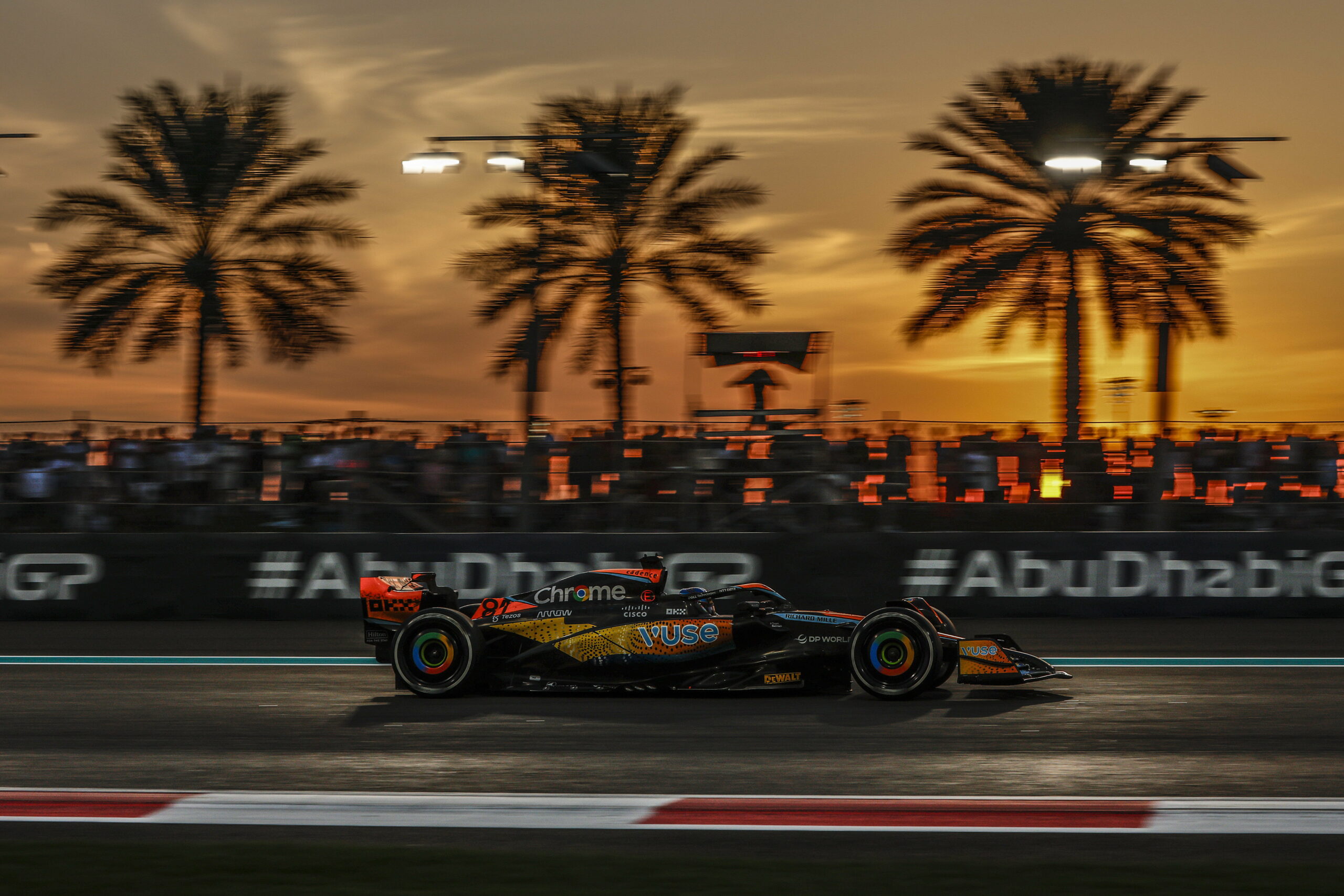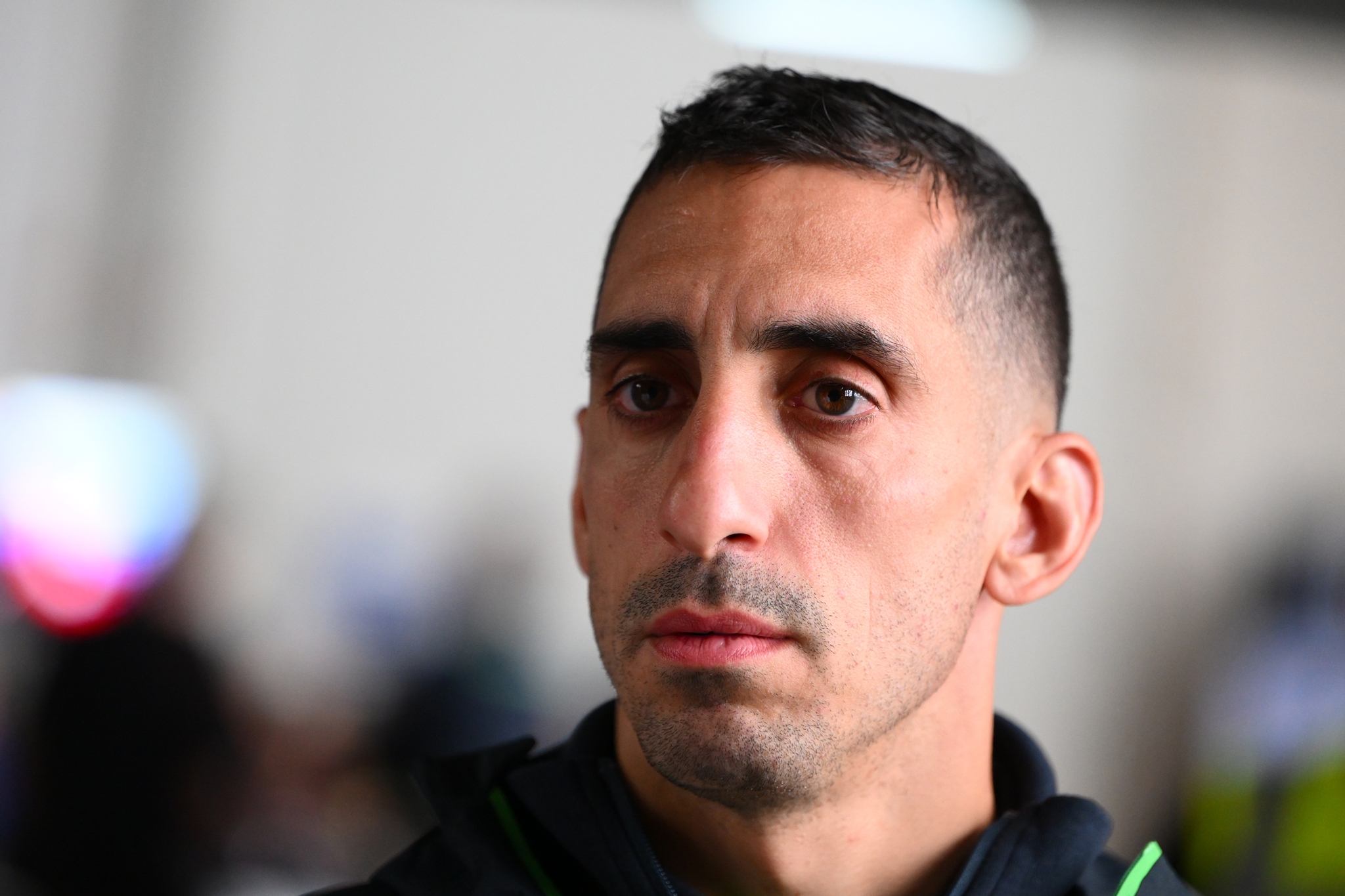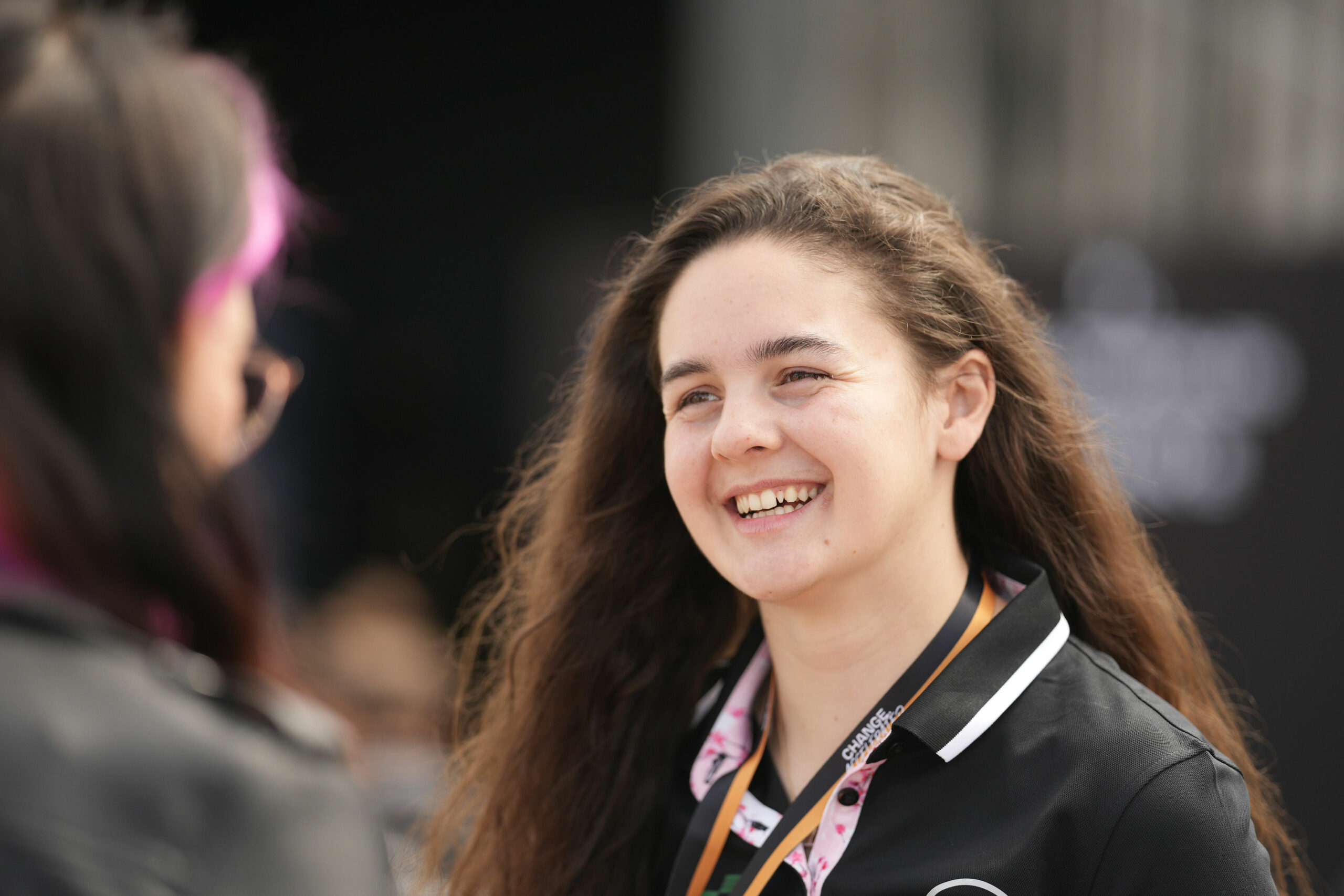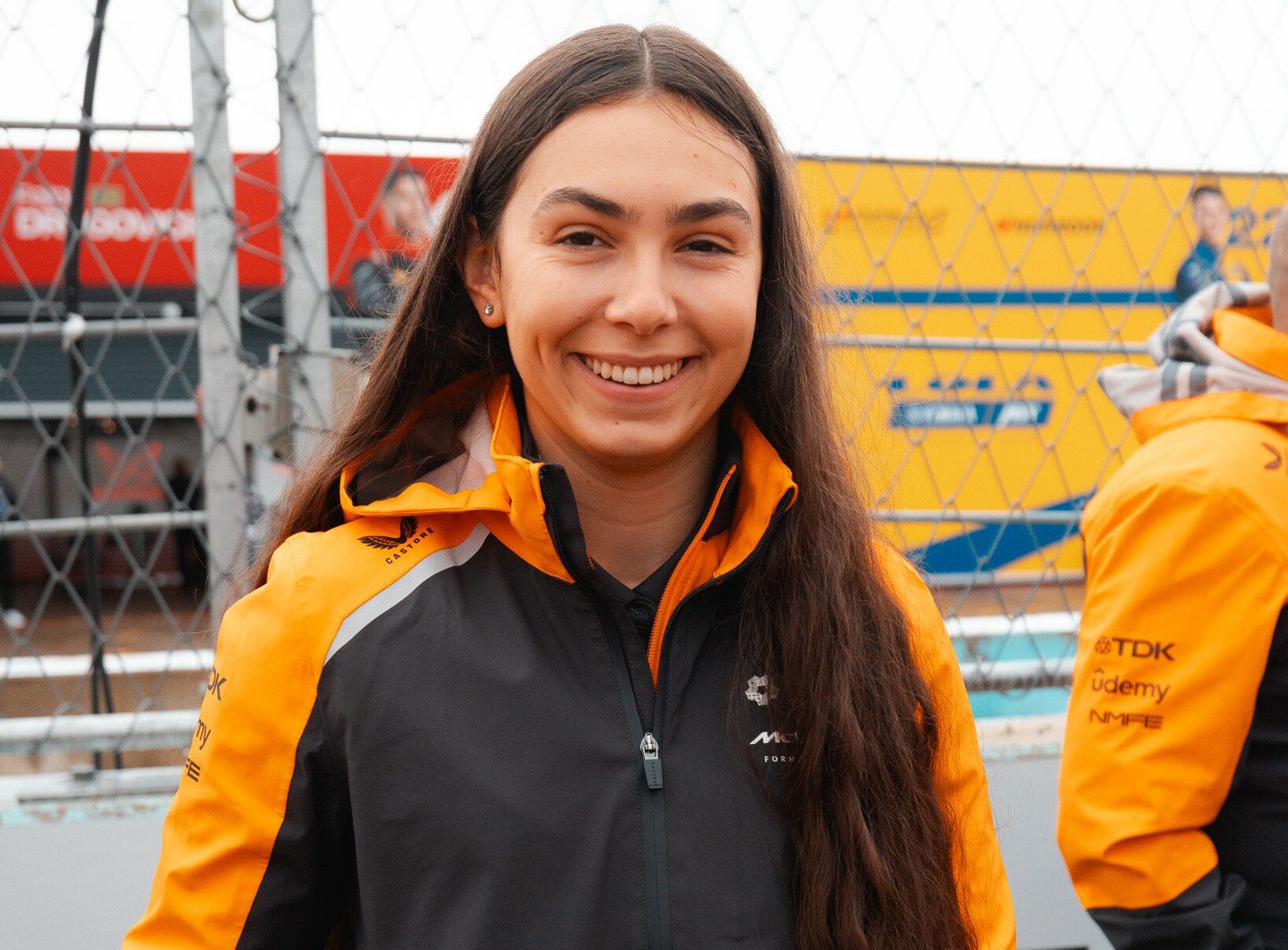McLaren F1 team principal Andrea Stella says the team’s relative loss of performance at the 2023 Abu Dhabi GP was more about their rivals catching up than an underperforming MCL60, as he pointed out the Woking squad has been “steady” with development since the big Singapore GP update.
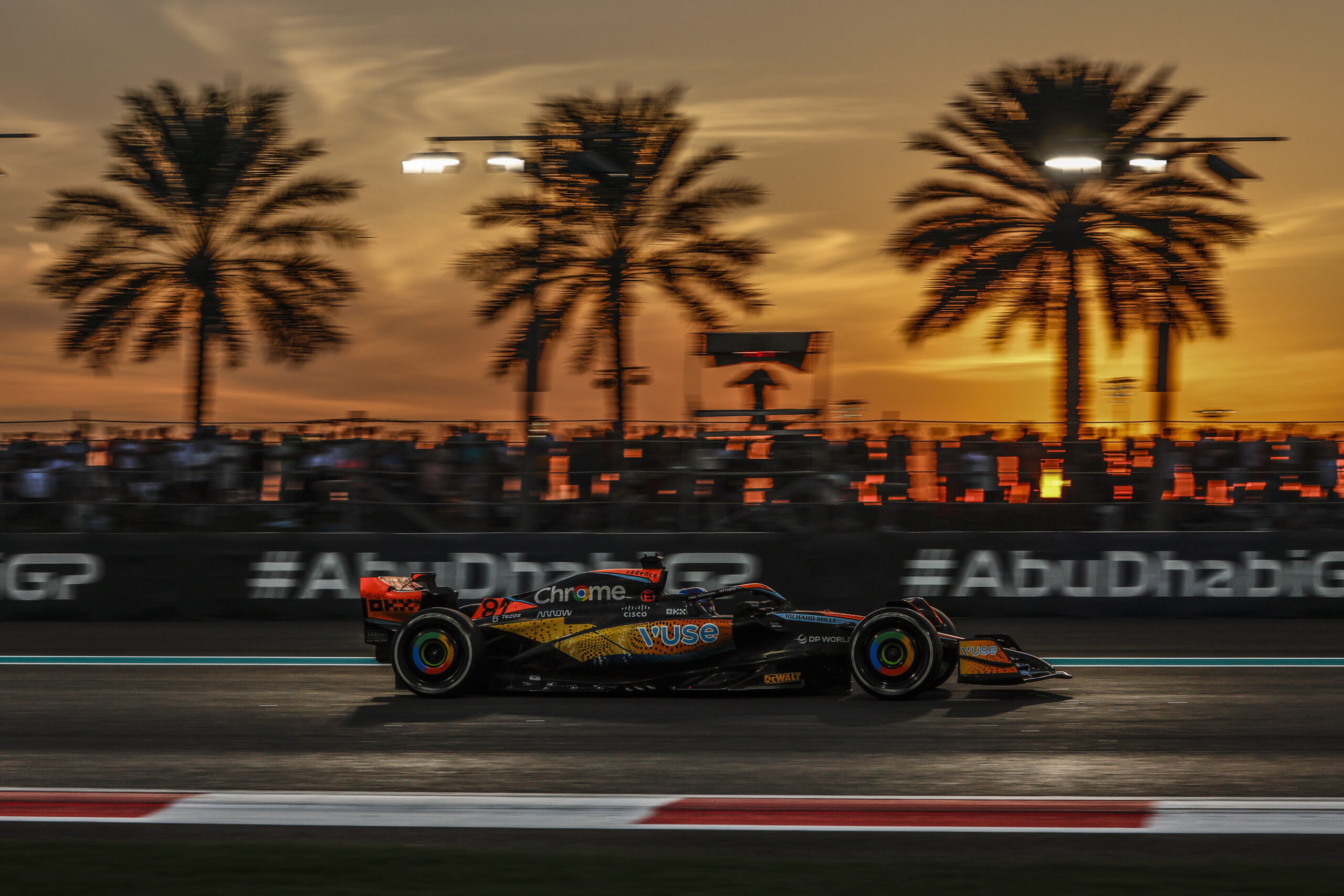
Photo Credits: McLaren Racing
After a strong run of front-row starts and podiums prior to the Las Vegas GP, the McLaren team has endured a difficult end to the season in the last two races, with only one point scored at the penultimate round courtesy of Oscar Piastri’s lowly 10th place finish, and a P5 and P6 for Lando Norris and Piastri respectively at the Abu Dhabi GP, a long way off challenging Red Bull or Max Verstappen in race pace at least.
Speaking to selected media after the race, team principal Andrea Stella said the team hasn’t gone backwards with its MCL60, and explained how a “steady” development period since the last major upgrade at the Singapore GP meant the team has been caught or even overtaken by some rival teams:
“The way I sort of ‘structure’ the season is: we started uncompetitive, took a step in Austria, another step in Singapore,” he started. “But there’s this final phase of the season, in which we have been steady from a development point of view.
“If you look at the file with everyone’s upgrades, in this phase in which we’ve been steady, many cars have brought upgrades, some of which have been quite successful, I think. So it’s a phase in which it’s not like we have degraded our performance – simply some of the cars have closed the gap to us or even overtaken us. In [Abu Dhabi], Mercedes and Ferrari had a little bit more than us in the race.”
The Italian also mentioned how the field spread has been significantly reduced in recent races – the whole field was separated by just under one second at the end of Q1 – and how that has translated into closer races and a difficulty even to find gaps for pit stops:
“And also we can see that not only the top four or five teams are very close, pretty much everyone is. In the first stint, when we were trying to find gaps to pit, basically there were no gaps, because it was a compact group of cars that were proceeding together.
“So it’s actually a very impressive position for Formula 1 to be in, let’s see how things will change going into next season.
“But definitely, if we want to enjoy some of the results we have enjoyed in this ‘third’ phase after Singapore, we do have to make a far good step forward going into next season.”
When asked about the timing of the second pit stop, Stella explained the unorthodox decision to pit Norris just under 20 laps after his first stop was to avoid the tyres hitting a cliff, and even Piastri, who pitted three laps later, was also suffering from a loss of grip, which the team decided to “better to act” on straight away:
“We thought that the two-stop was the right strategy, at least for us [considering] our level of [tyre] degradation,” said Stella. “At that stage, on the second stint, both drivers were already mentioning that the tyres were degrading.
“Lando [Norris] had a lock-up in [turn] 12 and lost half-a-second there, so we saw the symptoms that the tyres were going off. If the tyres go off, you’re better [off] to act before they properly show they are going off and they lose a lot of time. So we thought that was the right time.
“And also, even if you pit [and come a out in] a little bit of traffic or have a gap when you pit, that’s not very important to you, because you’re gonna overtake down the straights any [moment], even if you pit behind somebody. It was the right point in time from a deterministic point of view, minimizing race time to the end.”

